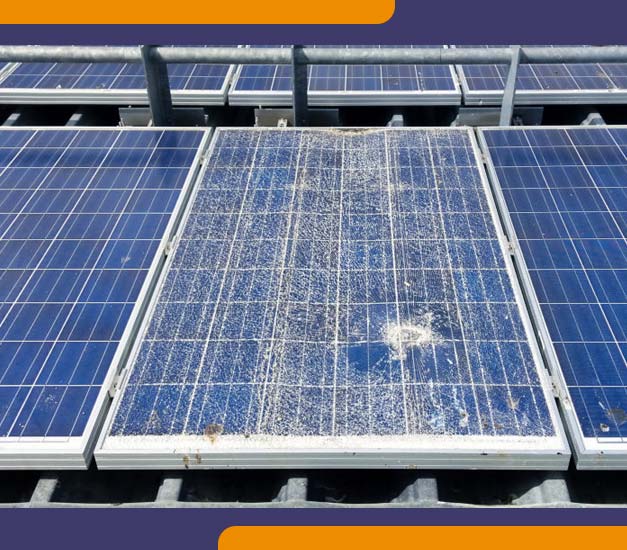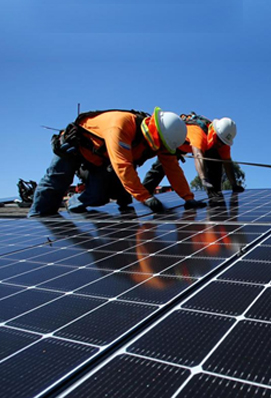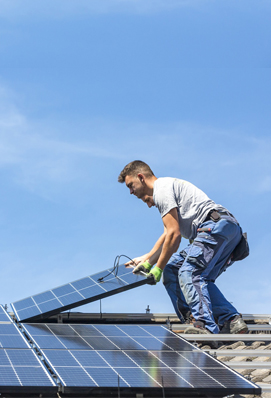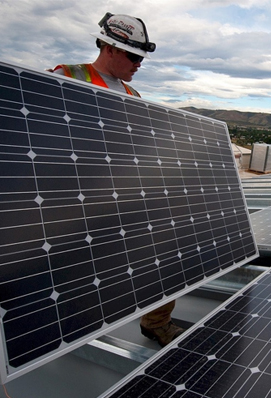Upgrade Or Replacement
Why is there an issue with upgrading an old system?
Standards for solar system installations have changed over time, meaning that an older system may have panels, an inverter, earthing, isolators or cabling that don’t meet current standards. Following is a quick summary of some of the recent changes to standards that may affect upgrades.
Standards now require that panel frames are earthed and that systems use a new type of non-polarized isolator. There are also new requirements for housing of cables, including the use of high-density conduit and precluding the use of plastic cable ties.
In 2013, standard IEC 61730-2A came in requiring all panels to comply with a fire rating. Many older panels won’t meet this rating, or at least won’t be tested to this rating due to the expense of testing older panels.
Panels in an older system may also not be on the current list of CEC-accredited panels. If an older system uses non-approved panels, it can continue to be used in its original installation, but may not be able to be moved.
Another change in technology that can affect upgrades is that most inverters had changed from transformer-based to transformer less by 2012. This wasn’t a safety or standards-led upgrade; rather, it was a commercial decision by manufacturers as this type of inverter is generally cheaper and lighter.








